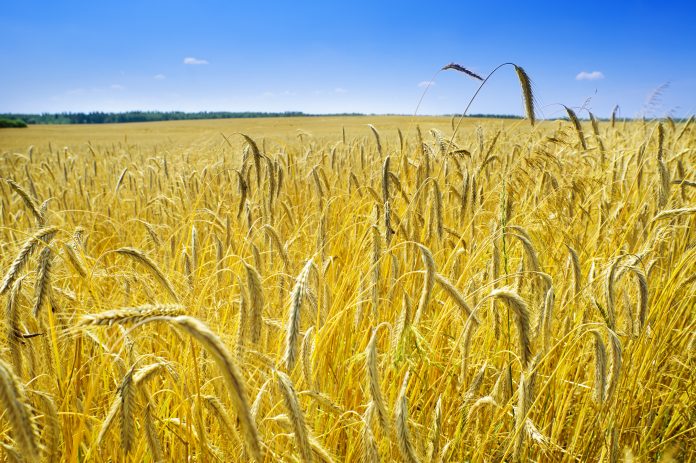A US study, funded by the National Science Foundation, reveals how plants resist climate stressors like flooding or drought
Focusing on corn, this new research explores and examines the ways in which one of the world’s most important crops adds new cell layers to protect itself from extreme conditions.
Senior author Kenneth Birnbaum from New York University explained that “adding layers to the cortex tissue is a key evolutionary feature that generates ways for plants to tolerate drought and flooding and improve nutrient uptake.” This research has shown that corn expands its cortex tissue – making up for much of its root system giving it genetic instructions on how to survive extreme conditions.
The ability to expand tissue allows plants to withstand global warming and reduce the carbon footprint of crops explains Birnbaum, who led the project in collaboration with researchers at Cold Spring Harbor Laboratory and the University of Pennsylvania.
How was the study conducted?
The aim of the study was to create a cell-by-cell map of the plants root system by first breaking about the root using cell-wall digesting enzymes to generate single free-floating cells and then analyse the mRNA content of individual cells to distinguish the molecular features that lead to specific types of specialised cells.
After doing this, the study mapped the cells back to their location in the corn root in a similar manner described to that of “assembling a 10,000- piece jigsaw puzzle with no guide.” By using fluorescent dyes to penetrate the root tissues at variable depths to label layers, researchers made “gene landmarks” in order to put their puzzle back together again.
Diane Okamuro, a program director in NSF’s Division of Integrative Organismal Biology stated that: “the ability to leverage advances in genomics technologies allowed this research team to distinguish and spatially map individual cell types in the corn root, leading to significant new clues about how plants can adapt and survive in the face of fluctuations in environmental conditions due to climate change.”
Using this research, scientists are closer in understanding the variety of ways crops adapt to the changing environmental conditions of todays society and the way in which they will have to adapt to changes we will be seeing in the next few decades due to climate change.











